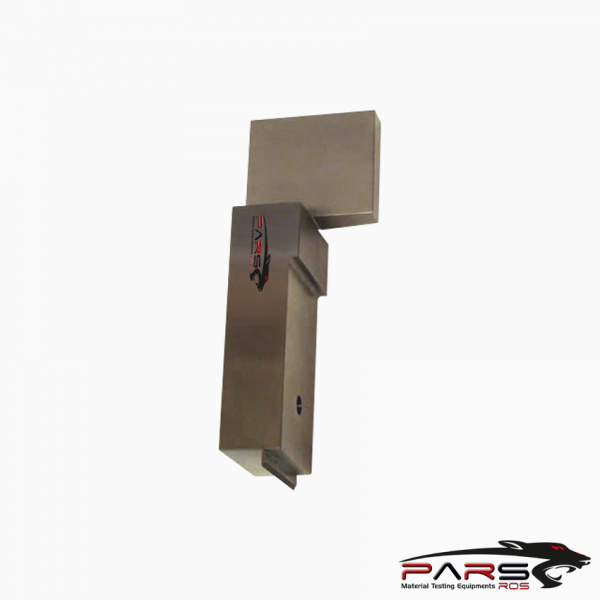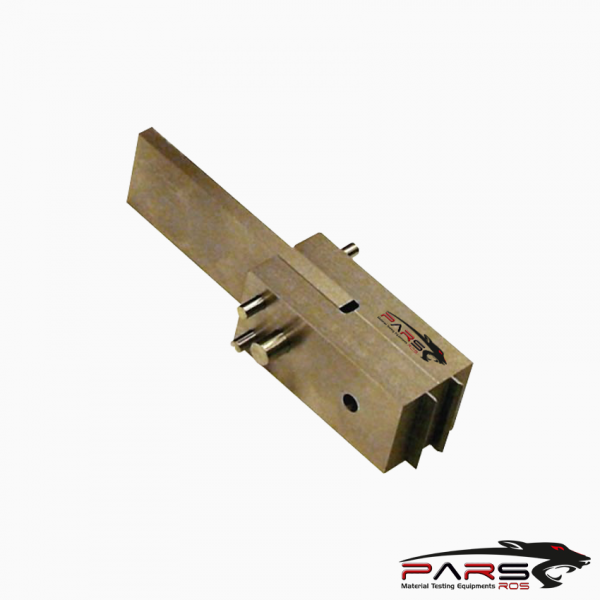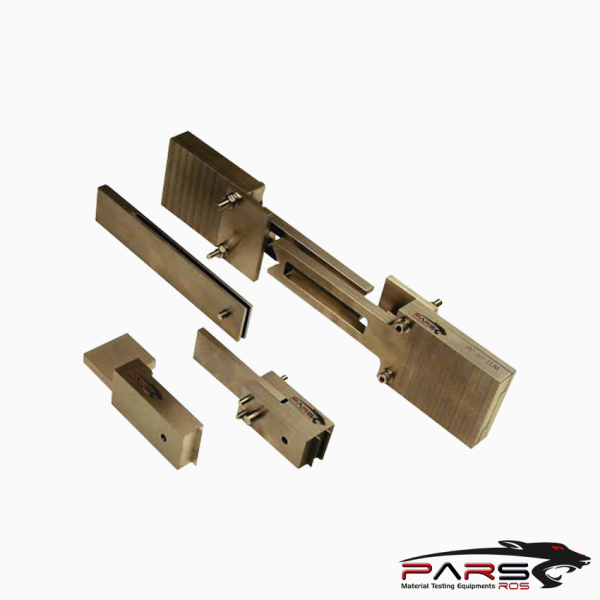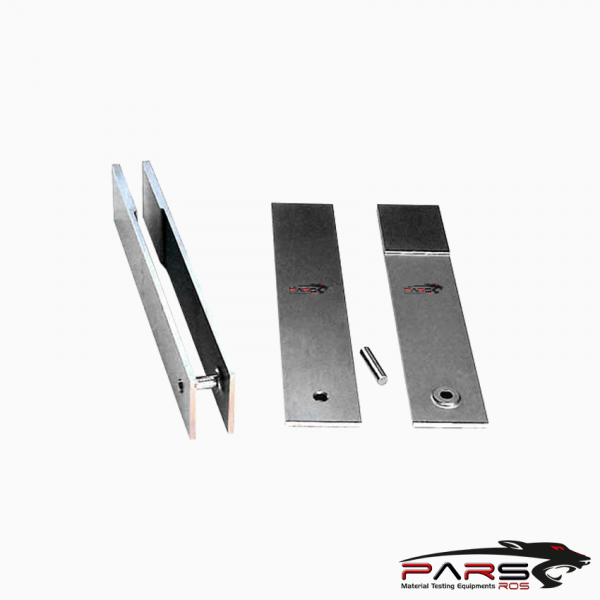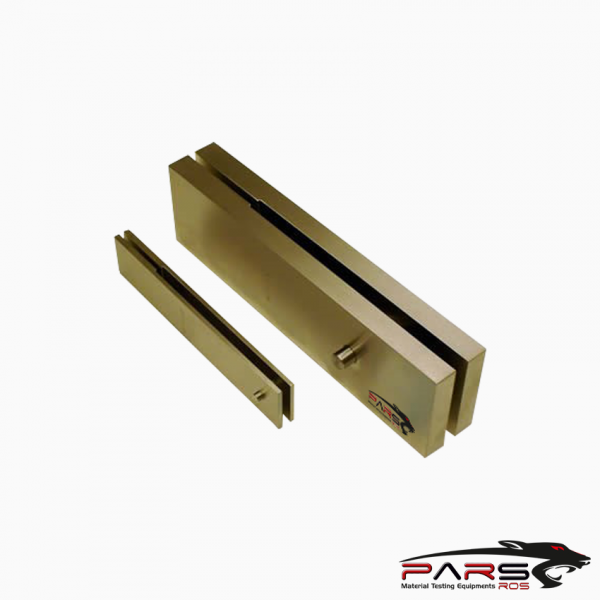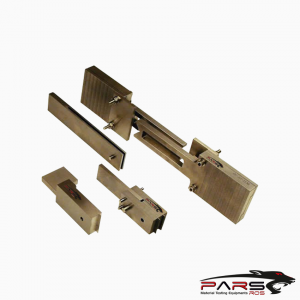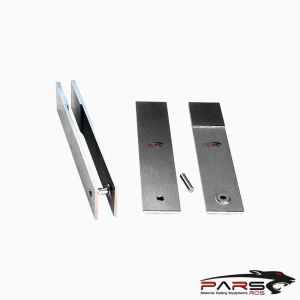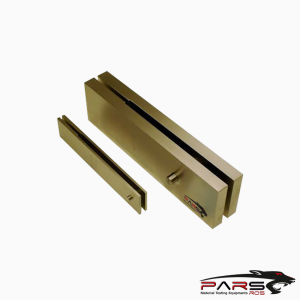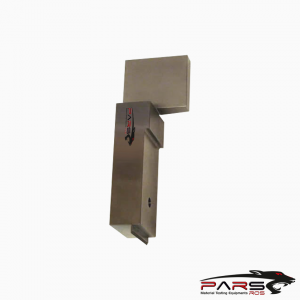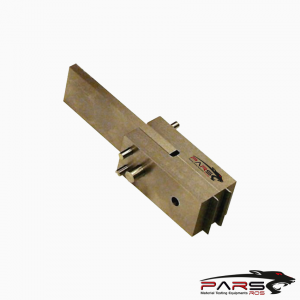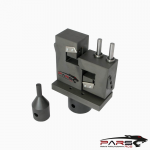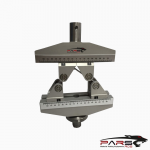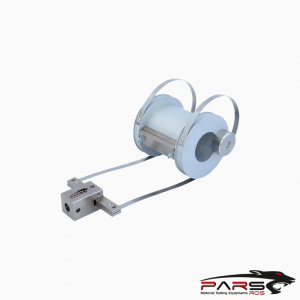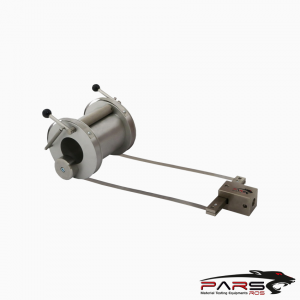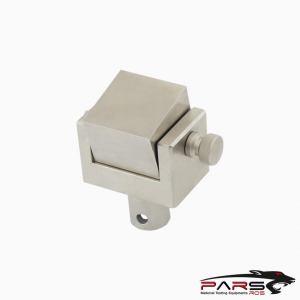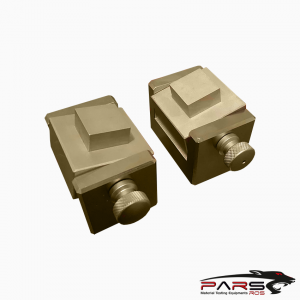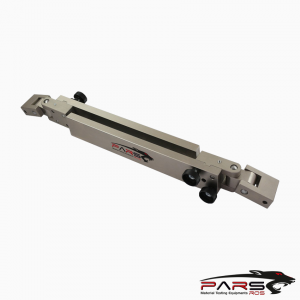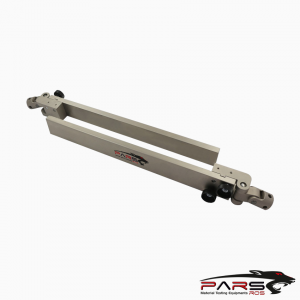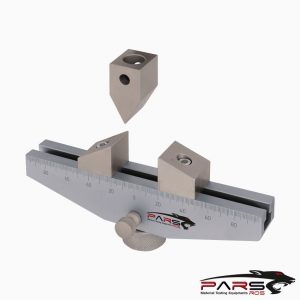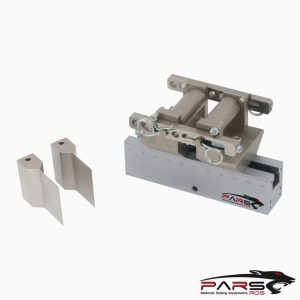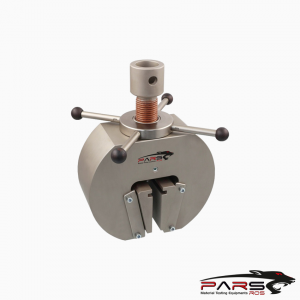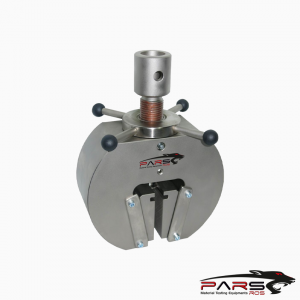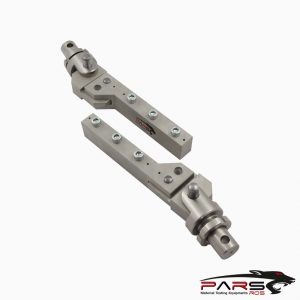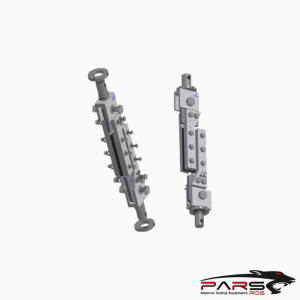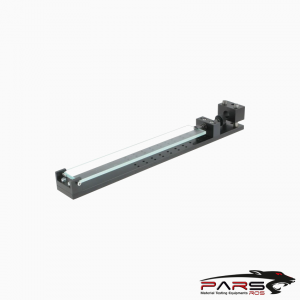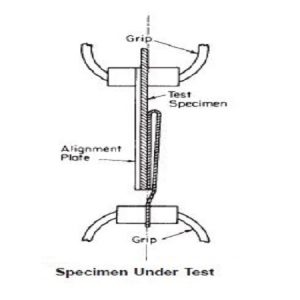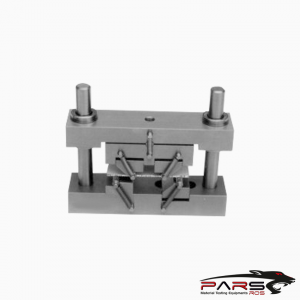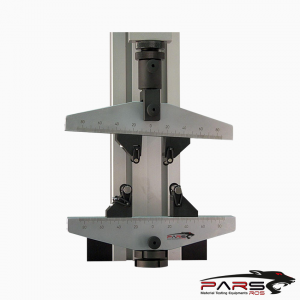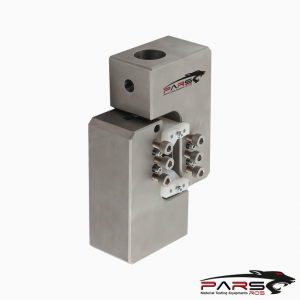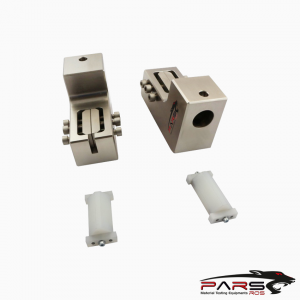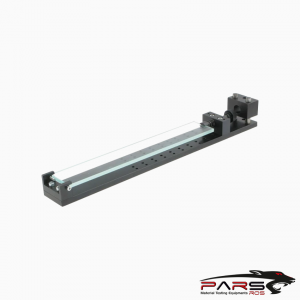ASTM D5961- Bearing Response of Polymer Matrix Composite Laminates
ASTM D5961 – This test method determines the bearing response of multi-directional polymer matrix composite laminates reinforced by high-modulus fibers
by either double-shear (Procedure A) or single-shear (Procedure B) tensile loading of a specimen.
Bilgi Almak İçin Lütfen Bizimle İletişime Geçiniz
- Açıklama
- teknik özellikler
Açıklama
Açıklama
ASTM D5961- Standard Test Method for Bearing Response of Polymer Matrix Composite Laminates
ASTM D5961 – This test method determines the bearing response of multi-directional polymer matrix composite laminates reinforced by high-modulus fibers
by either double-shear (Procedure A) or single-shear (Procedure B) tensile loading of a specimen.
Standard specimen configurations using fixed values of test parameters are described for each procedure.
However, when fully documented in the test report, a number of test parameters may be optionally varied.
The composite material forms are limited to continuous-fiber or discontinuous-fiber (tape or fabric, or both) reinforced composites for which the laminate is
balanced and symmetric with respect to the test direction.
ASTM D5961 – This test method is consistent with the recommendations of MIL-HDBK-17, which describes the desirable attributes of a bearing response test method.
The multi-fastener test configurations described in this test method are similar to those used by industry to investigate the bypass portion of the bearing bypass
interaction response for bolted joints, where the specimen may produce either a bearing failure mode or a bypass failure mode.
While this test method may be referenced as guidance in bearing bypass test programs, the scope of this test method is limited to bearing failure modes.
ASTM D5961 – Significance and Use
This test method is designed to produce bearing response data for material specifications, research and development, quality assurance, and structural design and
analysis.
The standard configuration for each procedure is very specific and is intended primarily for development of quantitative double- and single-shear bearing response
data for material comparison and specification.
Procedure A, the double-shear configuration, with a single fastener, is particularly recommended for basic material evaluation and comparison.
Procedure B, the single-shear, single- or double-fastener configuration is more useful in evaluation of specific joint configurations.
The specimen may be tested in either an unstabilized (no support fixture) or stabilized configuration.
The unstabilized configuration is intended for generation of data for the extreme case of unstabilized, pure single-shear loading.
The stabilized configuration is intended for generation of data at an intermediate level of stabilization, relative to the double-shear and single-shear configurations.
The stabilized configuration has been extensively used in the development of design allowables data.
The variants of either procedure provide flexibility in the conduct of the test, allowing adaptation of the test setup to a specific application.
However, the flexibility of test parameters allowed by the variants makes meaningful comparison between datasets difficult if the datasets were not tested using
identical test parameters.
* General factors that influence the mechanical response of composite laminates and should therefore be reported include the following:
Material, methods of material preparation and lay-up, specimen stacking sequence, specimen preparation, specimen conditioning, environment of testing,
specimen alignment and gripping, speed of testing, time at temperature, void content, and volume percent reinforcement.
* Specific factors that influence the bearing response of composite laminates and should therefore be reported include not only the loading method
(either Procedure A or B) but the following:
(for both procedures) edge distance ratio, width to diameter ratio, diameter to thickness ratio, fastener torque, fastener or pin material, fastener or pin clearance;
and (for Procedure B only) countersink angle and depth of countersink, type of grommet (if used), type of mating material, number of fasteners, and type of
support fixture (if used).
Properties, inthe test direction, which may be obtained from this test method include the following:
*Ultimate bearing strength, Fbru,
* Bearing chord stiffness, Ebr,
* Offset bearing strength, Fbro and
* Bearing stress/bearing strain curve.
***PARSROS offers several types of grips and fixtures which will enable you to perform a variety of tests
that are accurate and repeatable.
teknik özellikler
Teknik Detaylar İçin Lütfen Bizimle İletişime Geçiniz
Please contact with our engineers so that we can find and offer Best Universal Tensile Test Machines , Grips , Jaws and Other Accessories for your operations


